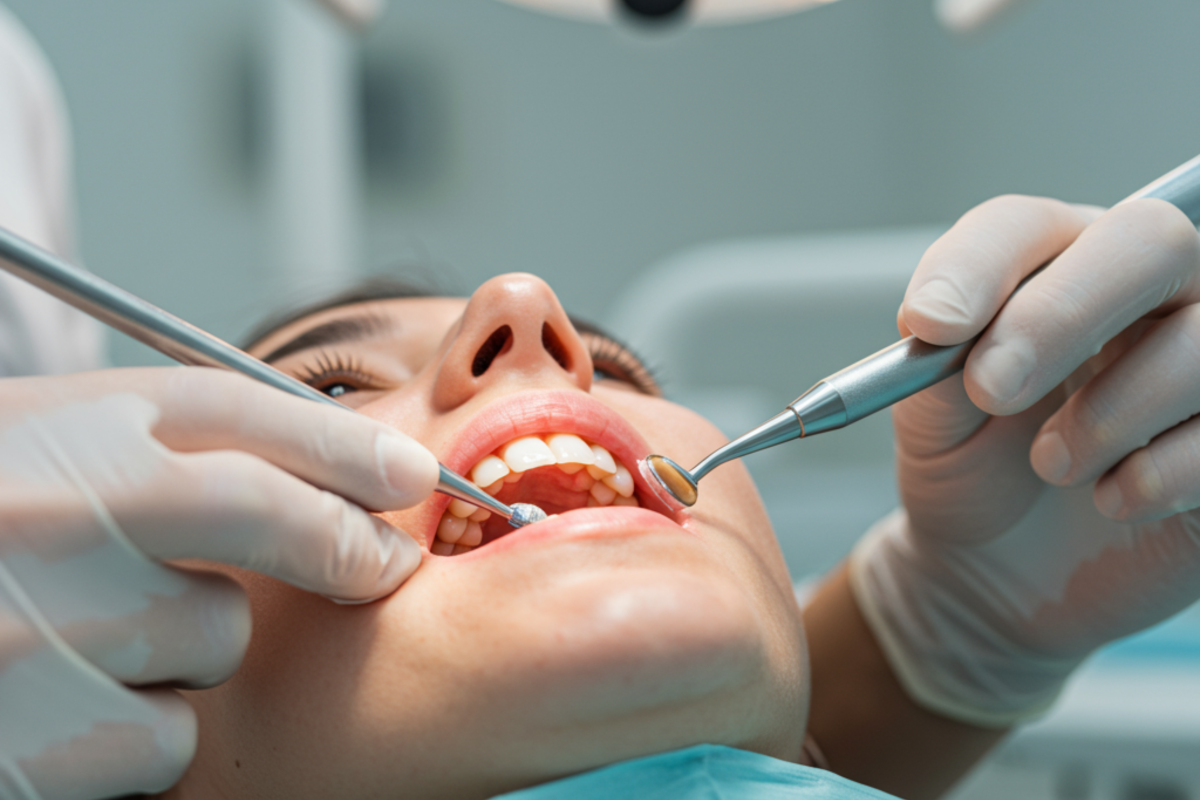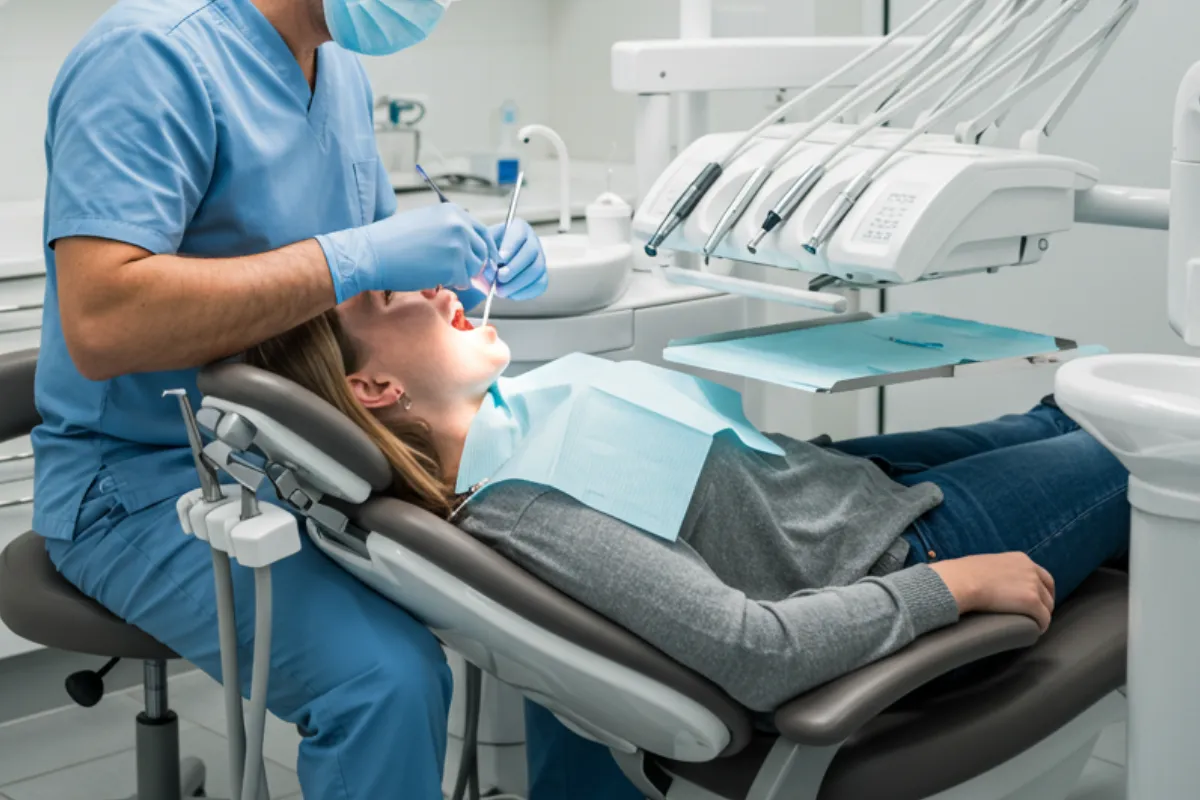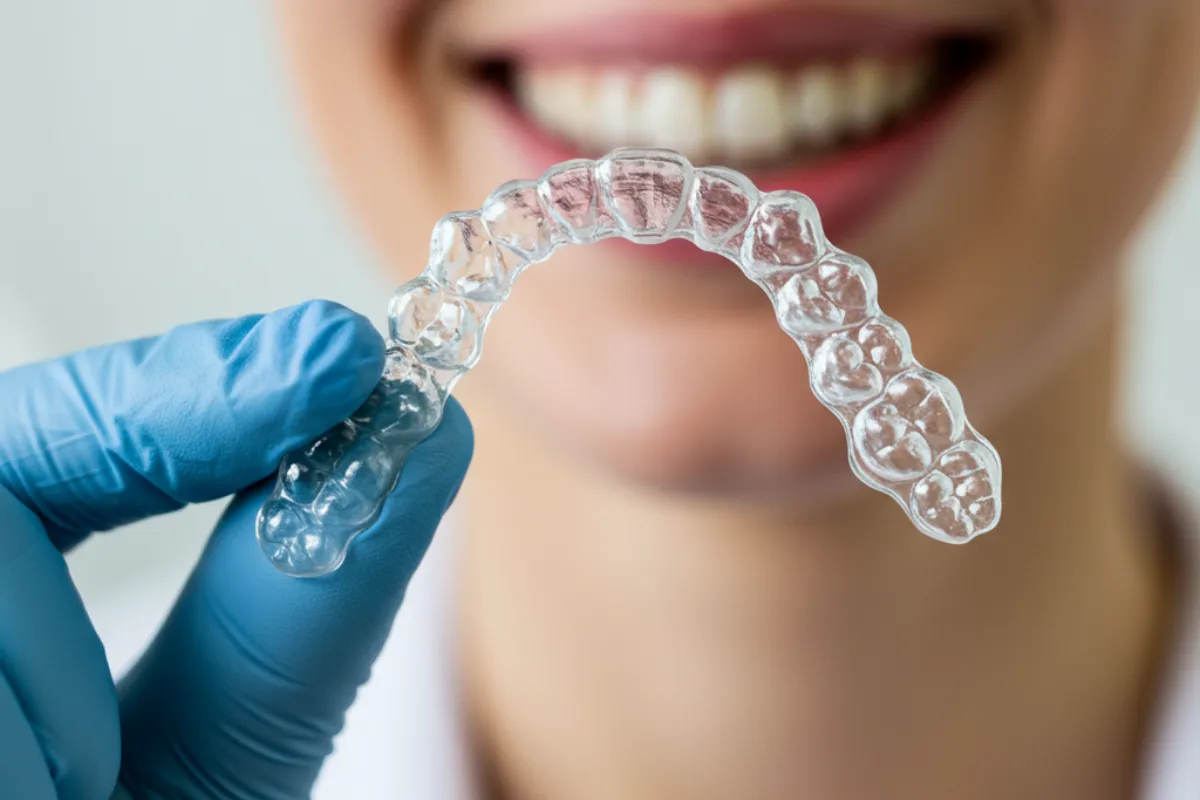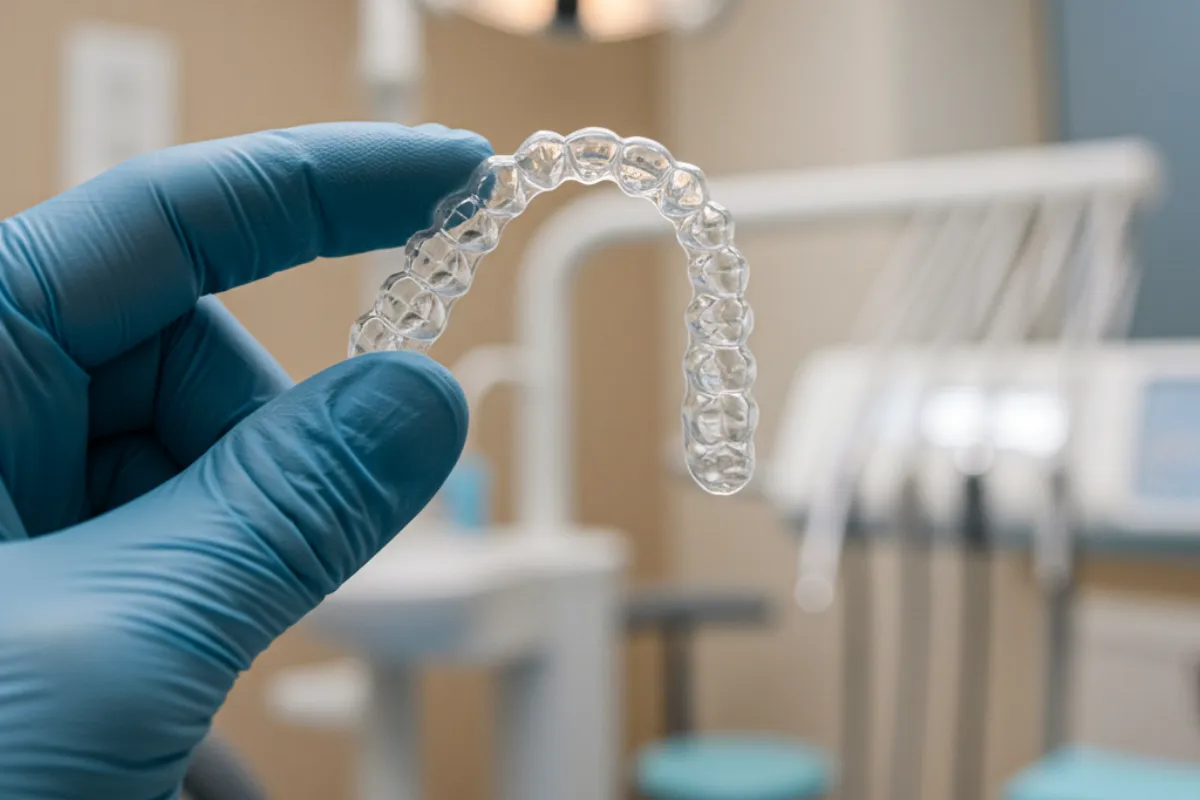Understanding Scaling and Root Planing for Gum Health

Understanding Deep Teeth Cleaning: Why It’s More Than a Routine Visit
Deep teeth cleaning, formally known as "scaling and root planing," is a specialized dental procedure designed to address gum disease that has advanced beyond the early stages. Unlike the familiar dental cleaning most people receive during routine visits, deep teeth cleaning goes a step further by focusing on the area below the gum line, where bacteria and hardened deposits tend to accumulate.
While a regular cleaning is an important preventive measure for maintaining oral health, deep cleaning becomes necessary when signs of gum disease—such as inflammation, bleeding gums, or periodontal pockets—are detected. Periodontal pockets are spaces that form between the teeth and gums as a result of infection and inflammation. These pockets create a sheltered environment for bacteria to thrive, making it difficult for everyday brushing and flossing to reach and clean effectively.
The primary goal of deep teeth cleaning is to remove the buildup of plaque and tartar from the roots of the teeth and within these pockets, stopping the progression of gum disease before it can lead to more severe oral health issues. By thoroughly cleaning these hard-to-reach areas, deep teeth cleaning helps restore gum health and provides a foundation for a healthier smile. Understanding the treatment's unique purpose and benefits is the first step to making informed decisions about your dental care, especially for families and individuals who want to preserve their oral health for the long term.
How Scaling and Root Planing Treats Gum Disease
Scaling and root planing form a comprehensive approach to managing gum disease, targeting the root cause by eliminating the sources of infection and inflammation. The process is typically performed by a skilled dental hygienist or dentist and involves two key steps:
The first phase, scaling, involves the meticulous removal of plaque and tartar (hardened plaque) from both above and below the gum line. Using specialized instruments, the dental professional carefully cleans the surfaces of the teeth, with particular attention to areas where the gums have separated from the tooth, creating pockets that harbor bacteria. This step is crucial because these deposits, if left untreated, can exacerbate gum disease and contribute to bone loss around the teeth.
The second phase, root planing, is focused on the root surfaces of the teeth. Here, the dental professional smooths out the rough areas on the roots, which not only removes remaining bacteria but also makes it more difficult for new plaque and tartar to accumulate in the future. Smoother root surfaces encourage gum tissue to heal and reattach to the teeth, reducing pocket depth and halting further progression of the disease.
Because scaling and root planing directly address the underlying issues of gum disease, the procedure is considered therapeutic rather than merely preventive. By removing harmful substances and promoting gum healing, this treatment can stabilize oral health, prevent tooth loss, and reduce the risk of systemic health problems linked to periodontal disease. For families and individuals with early to moderate gum disease, scaling and root planing offer a pathway toward restored oral wellness.
Comparing Deep Cleaning to Regular Dental Cleanings
A common question among dental patients is how deep teeth cleaning differs from the standard cleanings they receive at regular checkups. Regular dental cleanings, often referred to as prophylaxis, are designed for individuals with healthy gums and teeth. During these appointments, dental hygienists focus on removing plaque and tartar from the visible surfaces of the teeth above the gum line, polishing teeth, and providing guidance on effective home care routines.
In contrast, deep cleaning, or scaling and root planing, is a targeted procedure reserved for patients who are already showing signs of gum disease. The key difference lies in the depth and purpose of the treatment. While regular cleaning aims to maintain oral health and prevent issues from arising, deep cleaning is a therapeutic intervention used to treat active disease by thoroughly cleaning below the gum line and reaching into periodontal pockets.
Deep cleanings are more involved, often requiring local anesthetic to ensure patient comfort while working in sensitive areas. The process is usually divided into multiple visits, with each appointment focusing on a portion of the mouth to allow for thorough care and optimal healing.
To summarize, regular cleanings are essential for ongoing dental maintenance and disease prevention, suitable for children, teens, and adults with no significant gum issues. Deep cleanings, on the other hand, are a necessary step when gum disease is detected, addressing established problems to restore oral health. Understanding when each type of cleaning is appropriate empowers individuals and families to seek the right care at the right time.
What to Expect During and After Your Procedure
If you’ve been advised to undergo deep teeth cleaning, knowing what to expect can help ease any apprehension and ensure a smooth experience. Typically, a deep cleaning is carried out over two appointments, with each visit addressing one half of your mouth. This approach allows for thorough care and minimizes discomfort during and after the procedure.
Before the cleaning begins, your dental professional will apply a local anesthetic to numb the areas being treated. This ensures you remain comfortable and pain-free while the hygienist removes plaque and tartar from below the gum line and smooths the root surfaces. Throughout the appointment, your comfort is a top priority, and your dental team will check in regularly to address any concerns.
After the procedure, it’s common to experience mild tenderness, gum sensitivity, or slight bleeding as your gums begin to heal. These symptoms typically resolve within a few days. Over-the-counter pain relievers can be used to manage any discomfort, but most patients find recovery to be straightforward.
Your dental provider will give you specific aftercare instructions, which may include recommendations for gentle brushing, flossing, and the use of antimicrobial mouth rinses. Maintaining excellent oral hygiene at home is crucial to support healing and prevent recurrence of gum disease. By understanding the process and following your dentist’s guidance, you’ll be well on your way to healthier gums and a brighter smile.
Insurance Coverage and Tips for Maintaining Healthy Gums
One of the practical considerations for many patients is whether deep teeth cleaning is covered by dental insurance. Fortunately, most insurance plans recognize scaling and root planing as medically necessary procedures for treating gum disease, and coverage is commonly provided. Your dental office can help navigate the specifics of your plan, assist with pre-authorizations, and ensure you understand any out-of-pocket costs before treatment begins.
Beyond insurance and the procedure itself, the most effective way to prevent the need for repeated deep cleanings is to maintain diligent oral hygiene at home. Brushing twice daily with a fluoride toothpaste, flossing thoroughly at least once a day, and using any recommended mouth rinses can dramatically reduce the buildup of plaque and bacteria that lead to gum disease.
Regular follow-up care is equally important. After a deep cleaning, your dentist or hygienist will likely recommend periodontal maintenance cleanings every three to four months. These visits are designed to monitor your gum health and catch any early signs of disease recurrence, providing ongoing protection for your teeth and gums.
Ultimately, maintaining healthy gums is a team effort. By working closely with your dental care providers and committing to a consistent home care routine, you can protect your oral health, reduce the risk of more advanced treatments, and enjoy the confidence that comes with a healthy, vibrant smile. Deep teeth cleaning is not just a treatment—it’s an investment in your long-term well-being.






